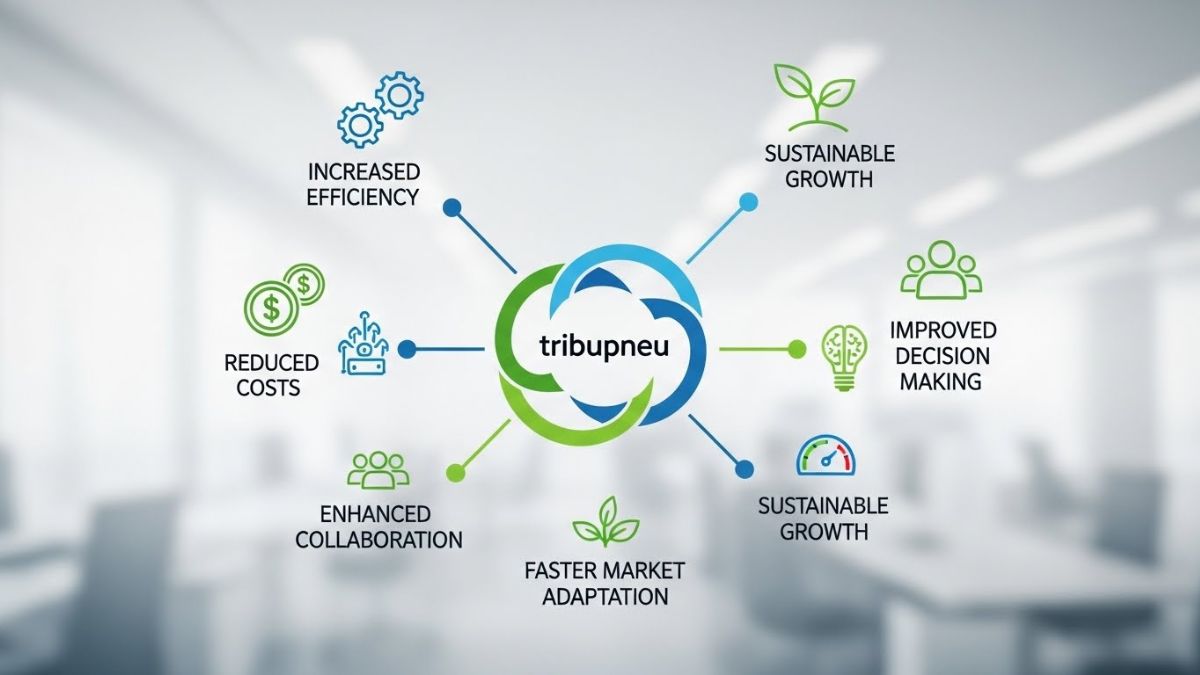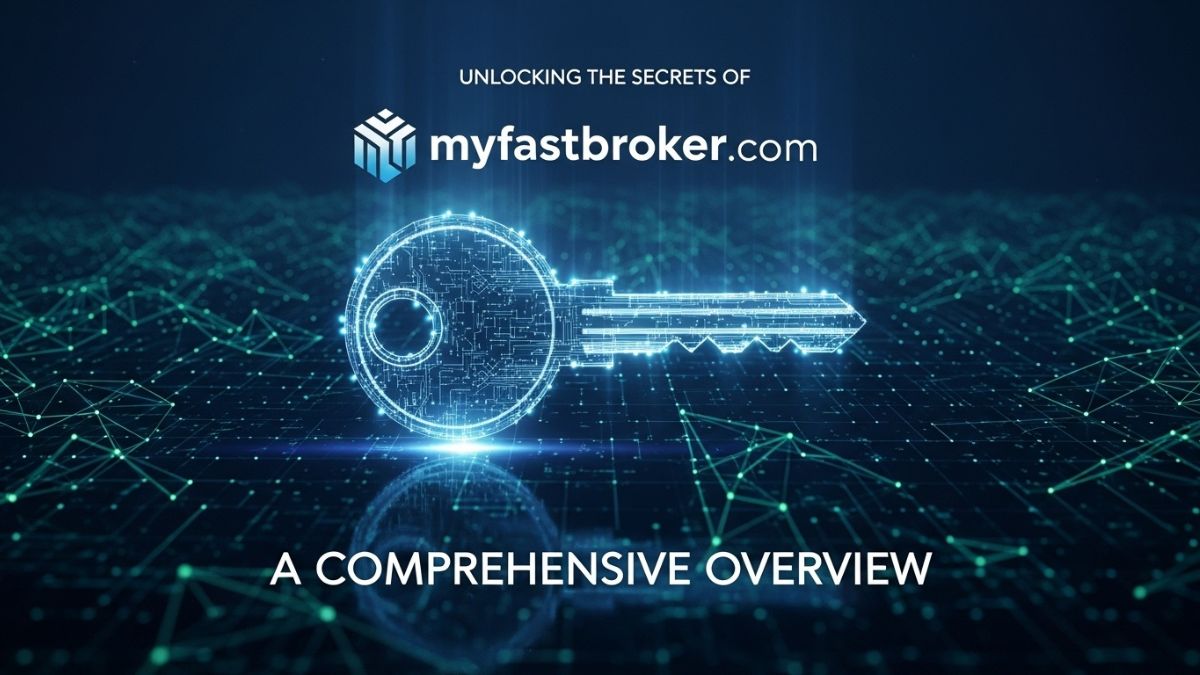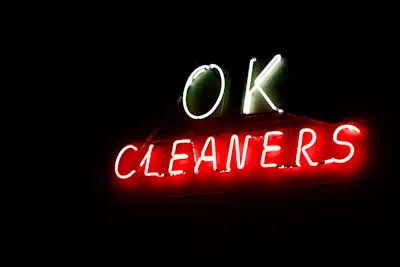Deleting an L5P Duramax engine is a popular modification among diesel enthusiasts looking to enhance performance fuel economy and longevity. However one of most frequently asked questions is: how much does it cost to delete an L5P? In this article, we’ll break down expenses involved from parts to labor and help you understand what to expect if you’re considering installing an L5P delete kit.

What Does “Deleting” an L5P Mean?
Before diving into the costs it’s important to understand what “deleting” means in diesel community. When you delete an L5P Duramax you’re removing or disabling emissions control systems that were factory-installed. This usually includes:
- Diesel Particulate Filter (DPF)
- Exhaust Gas Recirculation (EGR)
- Diesel Exhaust Fluid (DEF) system
- Selective Catalytic Reduction (SCR)
These components are essential for meeting federal emissions regulations but they can also restrict performance and lead to costly maintenance issues over time. A full delete requires hardware removal and software tuning commonly achieved using an L5P delete kit.
Components of an L5P Delete Kit
An L5P delete kit typically includes the following:
- DPF/CAT Delete Pipe: Replaces stock exhaust system components that restrict airflow.
- EGR Delete Kit: Removes EGR system reducing carbon buildup.
- DEF Tank Removal Kit: Removes DEF tank and lines.
- Delete Tuner: A tuner programmed to disable emission sensors and prevent error codes.
Optional additions may include cold air intakes and upgraded exhaust systems which can increase the overall cost.
How Much Does an L5P Delete Cost?
Let’s break down total estimated cost for deleting an L5P Duramax.
1. L5P Delete Kit Cost
Depending on brand and quality a complete L5P Duramax delete kit costs anywhere from $1,000 to $3,000. Here’s a more detailed breakdown:
- Delete Tuner: $800 to $1,500
- DPF Delete Pipe: $250 to $600
- EGR Delete Kit: $150 to $500
- DEF Delete Kit: $100 to $300
You can sometimes find bundle deals that include all parts in one package, potentially saving a few hundred dollars.
2. Labor Costs
If you’re not doing installation yourself expect to pay $500 to $1,500 for professional labor. Labor costs depend on your location and whether mechanic specializes in diesel performance.
3. Optional Upgrades
Many diesel owners use this opportunity to upgrade exhaust system intake,or turbo. These upgrades are optional but can cost an additional $500 to $3,000.
Total Estimated Cost:
- DIY Installation: $1,000 to $3,000
- Professional Installation: $1,500 to $4,500+
Legal Considerations
It’s important to note that deleting an L5P Duramax is illegal for on-road use in the United States as it violates EPA emissions regulations. Delete kits are intended for off-road or racing use only. Using a deleted vehicle on public roads can result in hefty fines and penalties.
Is It Worth It?
For those who use their L5P Duramax trucks off-road deleting can offer the following benefits:
- Improved horsepower and torque
- Better fuel economy (up to 2-5 MPG increase)
- Reduced maintenance on emission-related parts
- Longer engine life due to less carbon buildup
However it’s not a decision to be taken lightly. Once deleted your truck is no longer street-legal in most areas. You’ll also void your manufacturer warranty and may face difficulty selling truck in future.
Final Thoughts
If you’re planning to go off-road or use your truck in a racing environment installing an L5P delete kit can bring tangible performance improvements. However it’s not a cheap process. Between cost of L5P Duramax delete kit, labor, and optional upgrades you should expect to spend anywhere from $1,500 to $4,500 or more. Make sure you consider legal and long-term implications before moving forward.
If you’re confident that a delete is right move for your truck research your options thoroughly and choose a reputable supplier for your L5P delete kit. The performance gains can be substantial just make sure it aligns with your goals and local regulations.











